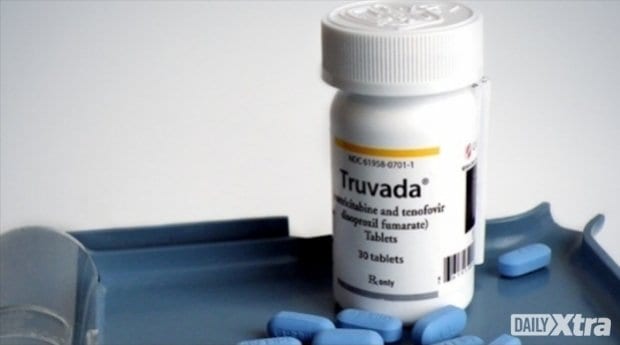For the first time, the World Health Organization (WHO) is “strongly recommending” that men who have sex with men (MSM) consider taking antiretroviral drugs, along with using condoms, as a means of preventing HIV infection.
In a July 11 release, the WHO says HIV infection rates among MSM remain high almost everywhere, and new preventative methods are needed.
“Modelling estimates that, globally, 20-25 percent reductions in HIV incidence among men who have sex with men could be achieved through pre-exposure prophylaxis (PrEP), averting up to one million new infections among this group over 10 years,” the WHO suggests. “Studies indicate that women sex workers are 14 times more likely to have HIV than other women, men who have sex with men are 19 times more likely to have HIV than the general population, and transgender women are almost 50 times more likely to have HIV than other adults. For people who inject drugs, studies show the risks of HIV infection can be also 50 times higher than the general population.”
WHO adds that only 70 percent of countries surveyed explicitly address the needs of men who have sex with men and sex workers. For injecting drug users, it’s 40 percent. “Transgender people are rarely mentioned in HIV plans, and even where policies exist on paper, it is hard for people to access services that can help them,” it adds.
“The idea of treatment as prevention is not new, but the idea of extending treatment to HIV-negative people from high-risk groups is,” the BBC quotes Dr Rosemary Gillespie, of British charity Terrence Higgins Trust, as saying.
In May, the US Centers for Disease Control and Prevention (CDC) issued new guidelines, recommending expanded use of PrEP and advising medical providers to consider the daily HIV-prevention pill for uninfected, at-risk patients.
According to the guidelines, PrEP is recommended for anyone in an “ongoing sexual relationship” with an HIV-positive partner; gay or bisexual men who have had sex without condoms or have been diagnosed with sexually transmitted infections in the last six months and are not in “mutually monogamous relationships” with partners who recently tested HIV-negative; heterosexual men or women who do not always use condoms when having sex with partners at risk for HIV, like injection drug users; and any person who is at risk of HIV infection through injection drug use.


 Why you can trust Xtra
Why you can trust Xtra


